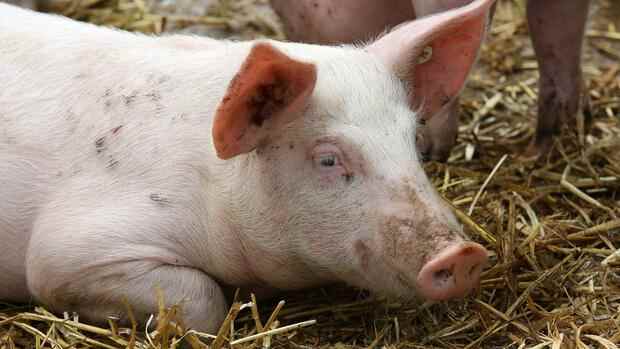A well-known business theorem goes back to the trade in animals.
(Photo: Imago Images)
What is the correct reaction to the slowed up recovery in Germany? All major economic institutes have revised their growth forecasts for 2021 downwards, particularly due to problems in international supply chains. Nevertheless, the state should now practice one thing above all: ignorance.
The reason is provided by the German scientist Arthur Hanau, who coined the model of the pig cycle. He observed that high demand for pigs motivated suppliers to invest. But the delay caused by the animals growing up, while the demand was being met by then, resulted in oversupply and falling prices.
A similar phenomenon has emerged in the corona crisis: The supply of electronic devices or furniture collapsed, and demand rose tremendously. It will take time until the companies get enough raw materials again and have built up capacities. But the pig cycle teaches us that this divergence will turn around. Demand will fall again. At the same time, economists expect full capacity utilization again by the end of 2022. The upswing may be a long time coming, but it comes concentrated.
The state must learn two lessons from this. First, stay away from the pig cycle. Another stimulus package would be in the wrong place. Overheating of the economy may seem far away, but the catch-up effects in 2022 will not be underestimated. And second: focus on the Kondratiev wave.
Top jobs of the day
Find the best jobs now and
be notified by email.
While Hanau was discussing short to medium-term waves, the Soviet economist Nikolai Kondratjew recognized cycles that could last more than half a century. The starting point for the long waves are innovations that are heavily invested in and thus triggered an upturn. After the innovation has prevailed, the downturn follows.
Breakthrough in CO2-neutral technologies
Some scientists are already seeing the next Kondratiev wave: the breakthrough of CO2-neutral technologies.
This only fits into the traditional Kondratiev pattern to a limited extent. The innovations that have caused long waves so far have resulted from direct productivity gains. But now it’s about the productivity of tomorrow. To do this, the state has to push investments, in this case immediately.
He does not have to worry about overheating, because climate-related investments do not represent expansion investments. They ensure replacement investments that displace parts of the capital stock with modern technology.
More: Economists correct forecasts – four reasons for weak growth in Germany
